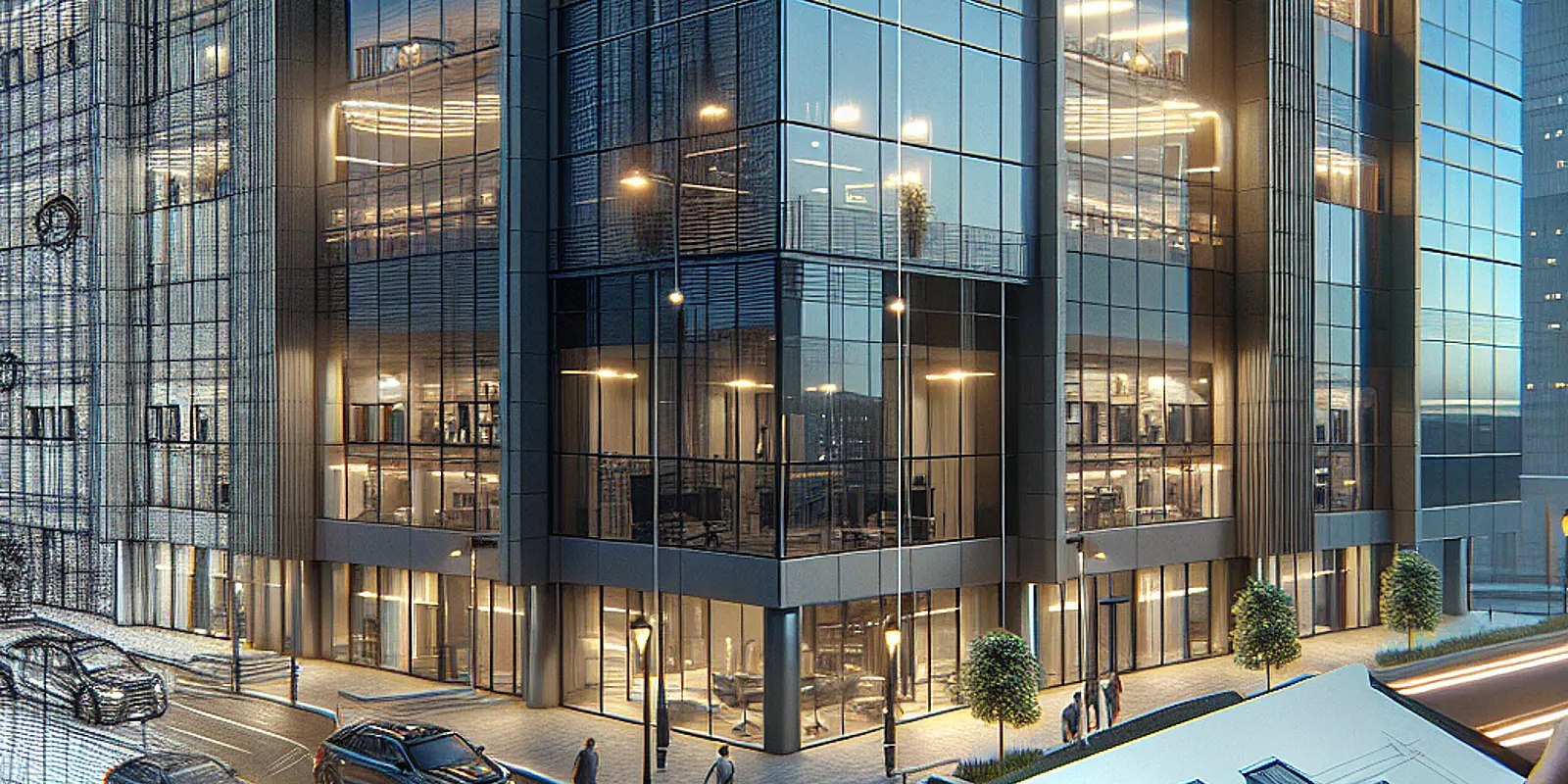
In the world of architecture, the art of conveying a design's intention through visualizations holds paramount significance. Architectural renderings serve as the connecting thread between abstract concepts and concrete outcomes, offering clients and stakeholders a glimpse into the proposed design long before construction begins. The importance of realism in architecture cannot be overstated; it not only highlights the aesthetic appeal of a project but also embodies its functionality. These accurate visualizations enhance clarity, allowing architects to present their visions convincingly and ensuring that all parties align with design expectations. However, common pitfalls, such as lighting inaccuracies, mismatched textures, and perspective errors, can greatly diminish the impact of these visualizations. Addressing these elements is crucial, not only for visual enhancement but also as a fundamental aspect of professional communication in the architectural design process.
As 3D rendering techniques evolve, so do the expectations for architectural renderings. Despite having advanced tools at their disposal, architects often face challenges that compromise the realism of their visuals. One significant issue is lighting inaccuracies, where poor choices or incorrect settings lead to shadows that don't match the natural light. This can distort perception, making the space feel less genuine.
Mismatched textures are another challenge. When renderings fail to accurately depict real-world materials, it detracts from the aesthetic and can mislead clients about the final appearance. As industry professionals highlight, clients may end up dissatisfied when the realized project doesn't meet their expectations.
Perspective discrepancies also pose a common problem. Incorrect perspective can result in unnatural views, leading to a disjointed scene that confuses the viewer and undermines the architectural intention. Feedback from experienced designers stresses the importance of addressing these errors to maintain credibility and trust in the visualization process. By recognizing these challenges, architects and visualizers can proactively create renderings that are not only visually appealing but accurate to the intended design.
Lighting is a crucial component in realistic architectural renderings, directly shaping the viewer’s perception of space, texture, and ambiance. Poor lighting decisions can result in harsh shadows or overly bright highlights, detracting from realism. For instance, exaggerated lighting contrast can make a rendering appear more cartoonish than accurate.
To achieve realistic lighting, consider the quality and direction of light sources. Techniques like three-point lighting can balance shadows and highlights, enhancing the visual experience. Incorporating ambient occlusion can add depth, simulating natural light interactions, particularly in corners and crevices.
Studying real-world lighting conditions is beneficial, observing how different materials reflect and absorb light. High dynamic range imaging (HDRI) can effectively incorporate actual environmental light, bridging the gap between virtual and tangible realities. Regular feedback from peers offers fresh perspectives on lighting choices, ensuring the final render aligns with the intended vision.
Texture coherence is essential for realism in 3D architectural renderings. Inconsistent textures distract viewers, undermining a project's aesthetic and functional narrative. Discrepancies in texture detail, color accuracy, or surface quality can create a disjointed and artificial image. To maintain texture coherence, architects should establish a comprehensive material library defining texture parameters, scale, and finish. Utilizing texture mapping techniques sustains consistency in lighting and surface properties across materials.
High-resolution textures and procedural texturing tools allow for adjustments without compromising quality. Comparative renderings help identify mismatches, fostering a unified presentation. By thoroughly evaluating and aligning textures, designers can enhance realism, aligning visualizations more closely with tangible materials.
Perspective is the lens through which viewers experience architectural spaces. A precise perspective enhances a rendering's appeal and accurately conveys the designer's intent. Misleading representations from poor perspective can confuse clients and stakeholders. To maintain accurate proportions, calibrate camera settings appropriately. Use vanishing points and horizon lines to establish cohesive spatial relationships. Employing a height grid helps maintain consistent scaling.
For complex scenes, photogrammetry or 360-degree photography can provide real-world references. These strategies greatly enhance rendering fidelity, ensuring a realistic reflection of architectural vision.
Achieving enhanced realism in architectural renderings involves addressing common pitfalls like lighting inaccuracies, texture mismatches, and perspective errors. By implementing the discussed solutions, architects and designers can significantly improve the quality of their visualizations.
Looking ahead, the integration of artificial intelligence, real-time visualizations through advanced rendering engines, and the use of virtual and augmented reality will likely elevate standards of realism. By embracing these advancements, professionals can explore new dimensions in design presentations, expanding the limits of architectural project conception and appreciation.